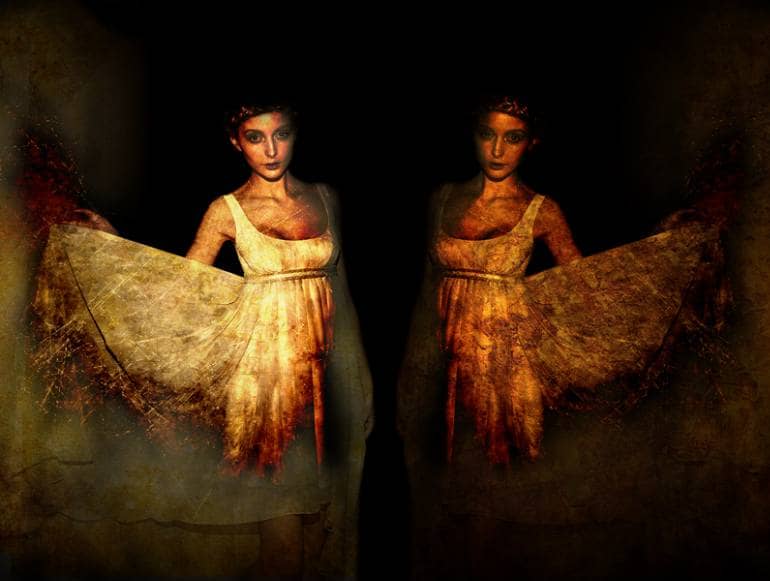Artist Q&A with Marc Stamas
A born and raised New Yorker whose work has graced the pages from some of the most respectable outlets from around the world: from fashion, modeling campaigns, catalogs, celebrity, sports, et cetera. Marc’s been a professional photographer for most of his career and his motto is short and sweet, ‘I just want to shoot better tomorrow than I did today.’ But it was around 15 years ago that he moved into art, and I’ve had the pleasure to work with him at one of my galleries. I remember what he wrote in his bio, ‘People call me an Artist. I believe I’m more of a poet paying tribute to Rembrandt; dark, chiaroscuro with the use of my camera and brushes.’ That’s when I realized that he was hiding something about his art, and the pain was quite obvious within his body of work, and every time I would try and get him to open up, he would just walk away almost in tears and whisper, ‘It’s not about me, it’s about the art.’

Who is your favorite artist of all time?
It should be you; you should be focused on you and nothing else. But if you want to know two artists that I can relate to: one is Monet, but Rembrandt is where I hide, where the true artist comes alive.
How did you become a professional artist?
By people believing in my work, my words and discipline. All I ask is to be left alone. Is that asking too much while I do what I do best? But with all of my success it meant nothing to me, while the world around me came crashing down as tragedy has a … Click here to read more











